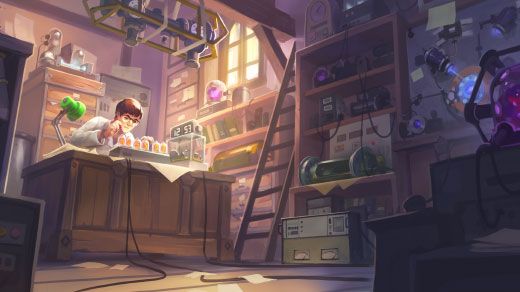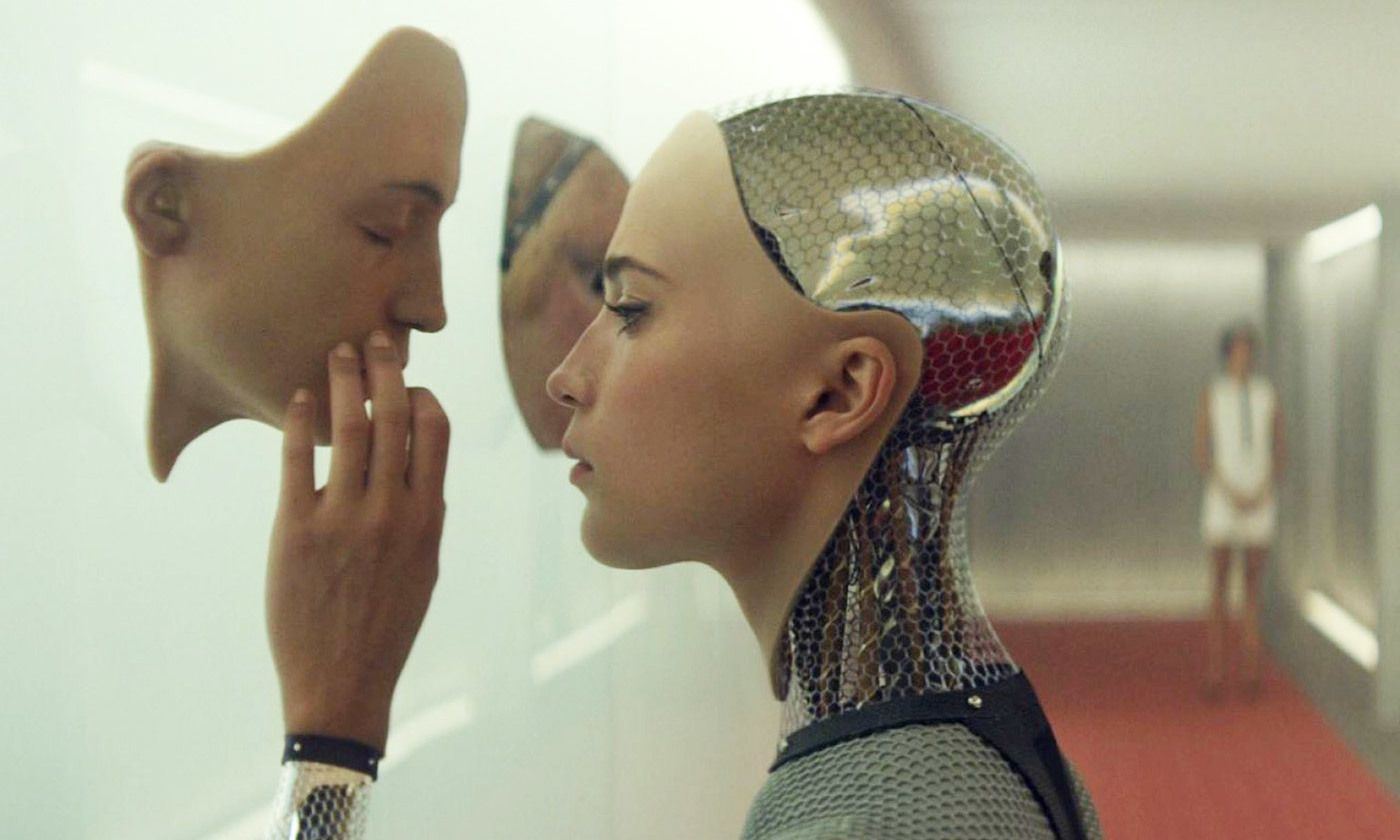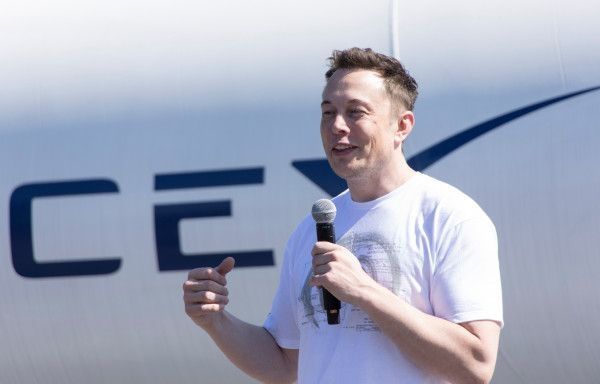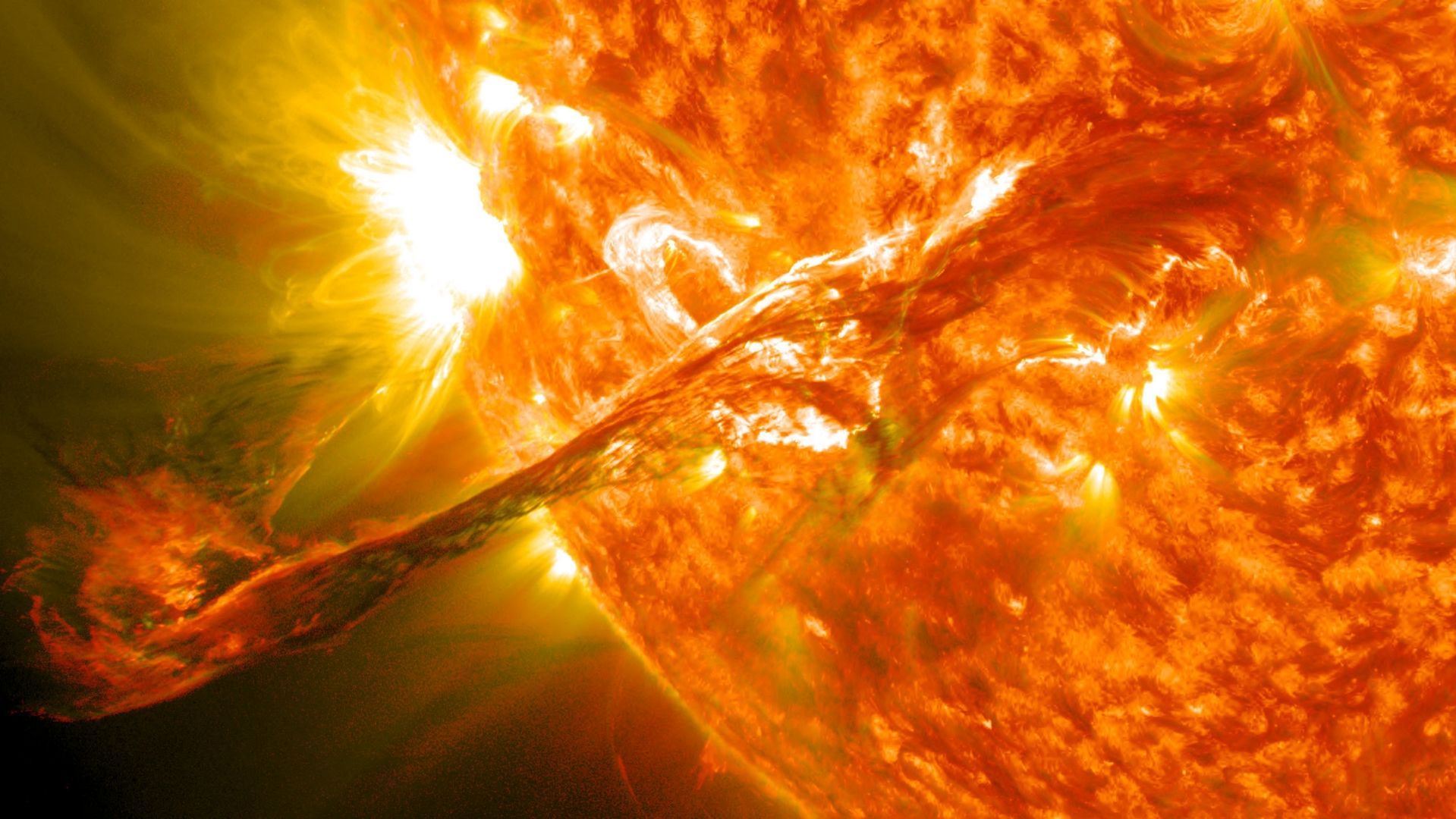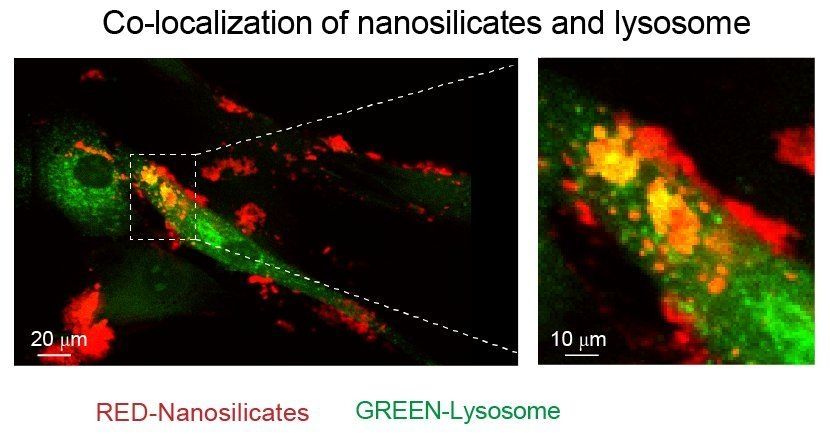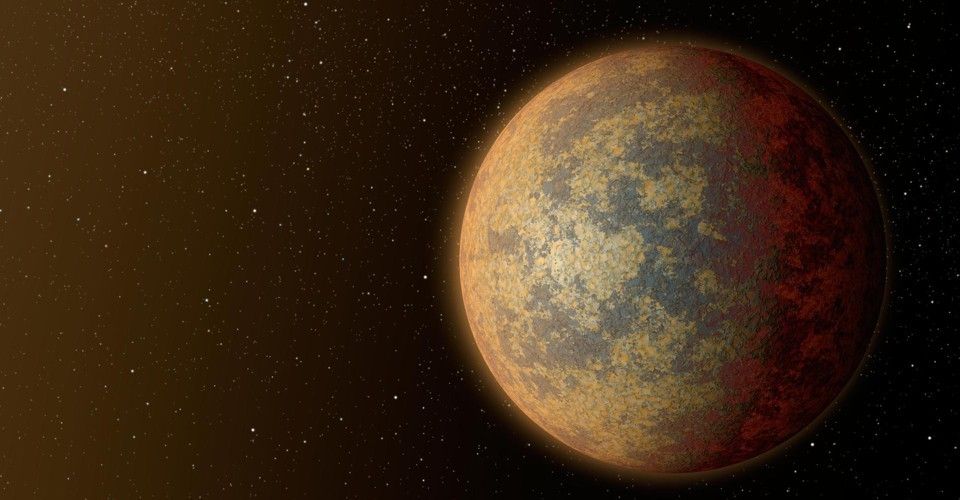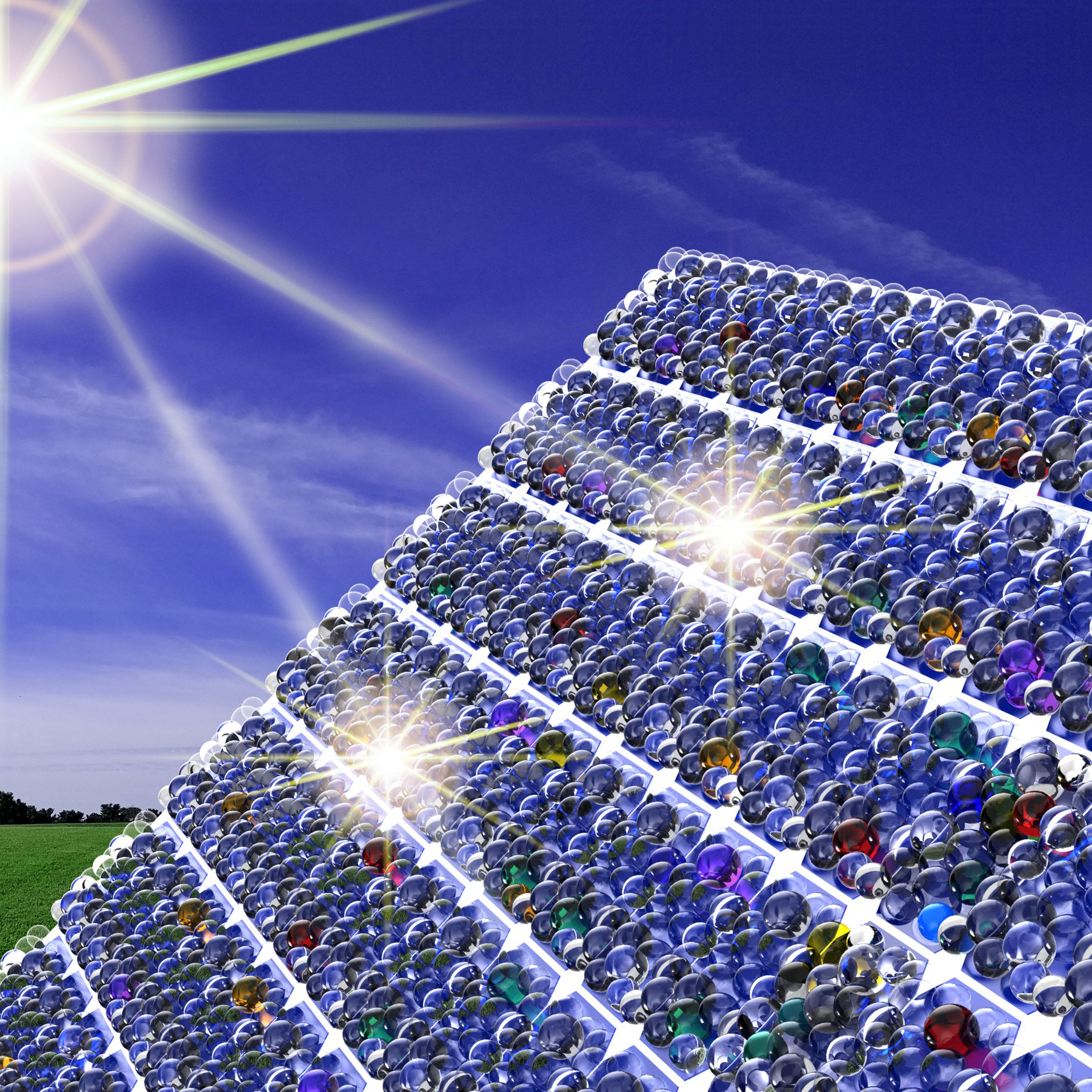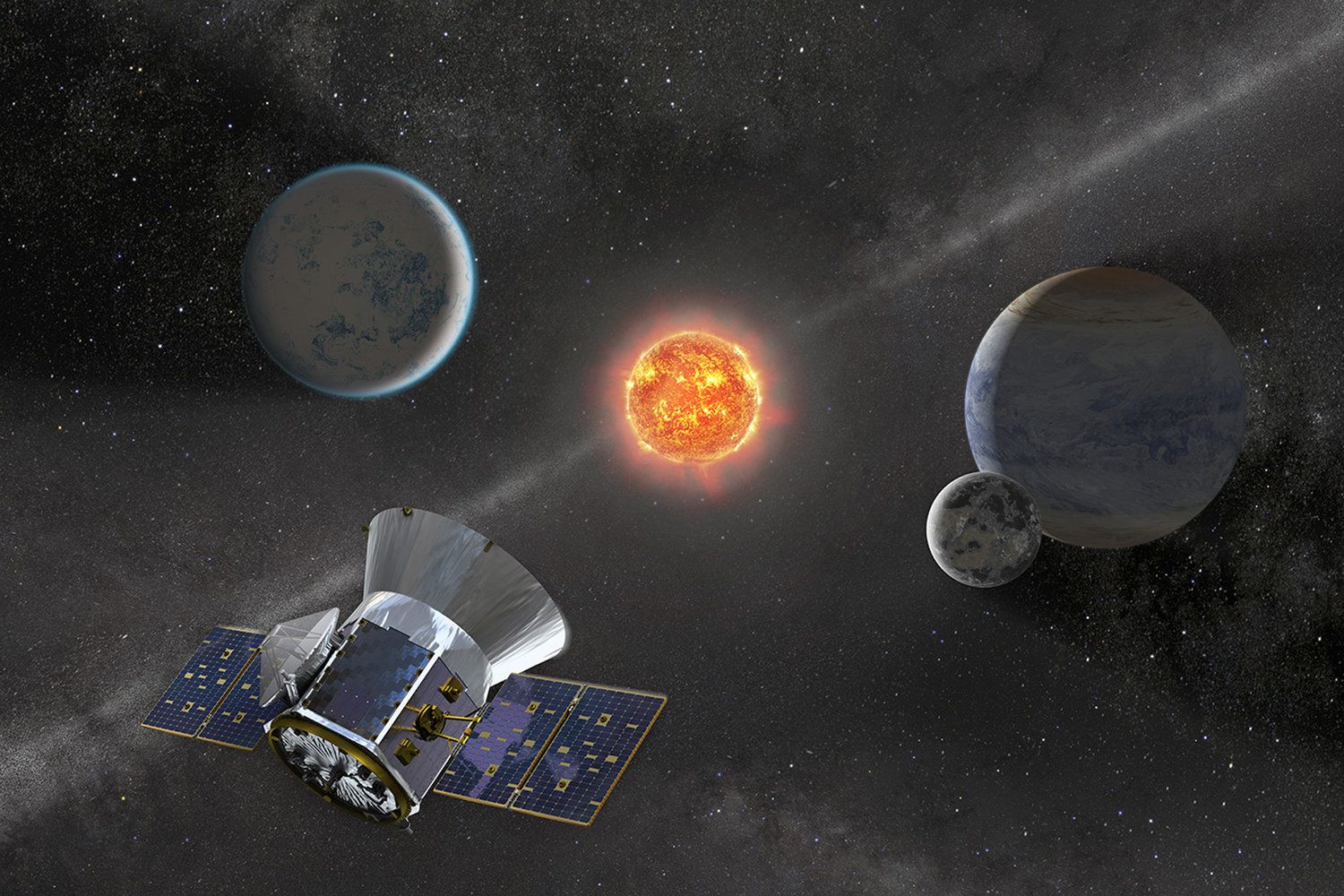Page 8841
Apr 16, 2018
Robot cognition requires machines that both think and feel
Posted by Marcos Than Esponda in categories: robotics/AI, space travel
Most proposals for emotion in robots involve the addition of a separate ‘emotion module’ – some sort of bolted-on affective architecture that can influence othe…r abilities such as perception and cognition. The idea would be to give the agent access to an enriched set of properties, such as the urgency of an action or the meaning of facial expressions. These properties could help to determine issues such as which visual objects should be processed first, what memories should be recollected, and which decisions will lead to better outcomes.
For more than two millennia, Western thinkers have separated emotion from cognition – emotion being the poorer sibling of the two. Cognition helps to explain the nature of space-time and sends humans to the Moon. Emotion might save the lioness in the savannah, but it also makes humans act irrationally with disconcerting frequency.
In the quest to create intelligent robots, designers tend to focus on purely rational, cognitive capacities. It’s tempting to disregard emotion entirely, or include only as much as necessary. But without emotion to help determine the personal significance of objects and actions, I doubt that true intelligence can exist – not the kind that beats human opponents at chess or the game of Go, but the sort of smarts that we humans recognise as such. Although we can refer to certain behaviours as either ‘emotional’ or ‘cognitive’, this is really a linguistic short-cut. The two can’t be teased apart.
Continue reading “Robot cognition requires machines that both think and feel” »
Apr 16, 2018
Elon Musk’s latest SpaceX idea involves a party balloon and bounce house
Posted by Genevieve Klien in categories: Elon Musk, habitats, space travel
Elon Musk took to Twitter Sunday night to announce a new recovery method for an upper stage SpaceX rocket. A balloon — a “giant party balloon” to quote him directly — will ferry part of a rocket to a bounce house. Seriously.
If anyone else proposed this idea they would be ignored, but Elon Musk lately has a way of turning crazy ideas into reality.
It was just in 2012 that SpaceX launched and landed its first rocket and now the company is doing it with rockets significantly larger. And then early this year SpaceX made a surprise announcement that it would attempt to use a high-speed boat and large net to catch part of rocket. And it worked after a failed first attempt.
Continue reading “Elon Musk’s latest SpaceX idea involves a party balloon and bounce house” »
Apr 16, 2018
Huge solar ‘tornadoes’ don’t spin after all, study shows
Posted by Genevieve Klien in category: space
Giant plasma “tornadoes” raging across the surface of the sun don’t actually spin like astronomers once thought, new research shows.
Massive solar tornadoes, formally known as tornado prominences, which were first observed about 100 years ago, seemed to bear a striking resemblance to tornadoes on Earth. These gigantic structures — each one several times the size of Earth — are made of hot, flowing gas and tangled magnetic field lines, ultimately driven by nuclear reactions in the solar core.
However, using a method known as the Doppler effect, scientists have precisely measured the speed of the moving plasma, as well as its direction, temperature and density, revealing that twisters on the sun do not rotate like earthbound tornadoes do, according to a statement from the European Week of Astronomy and Space Science (EWASS) conference. [Secrets of Sun Super-Tornadoes Revealed (Gallery)].
Continue reading “Huge solar ‘tornadoes’ don’t spin after all, study shows” »
Apr 16, 2018
‘We are going to have lung cancer patients living longer and better’: A new kind of cancer treatment is about to change how we treat the disease
Posted by Genevieve Klien in category: biotech/medical
Cancer-drug makers found that using immunotherapy in combination with other drugs did a better job of treating lung cancer than chemotherapy alone.
Apr 16, 2018
Flaxseed-like particles can now grow bone, cartilage tissues for humans
Posted by Genevieve Klien in categories: biotech/medical, engineering, nanotechnology
Human stem cells have shown potential in medicine as they can transform into various specialized cell types such as bone and cartilage cells. The current approach to obtain such specialized cells is to subject stem cells to specialized instructive protein molecules known as growth factors. However, use of growth factors in the human body can generate harmful effects including unwanted tissue growth, such as a tumor.
Researchers at Texas A&M University have explored a new class of clay nanoparticles that can direct stem cells to become bone or cartilage cells.
Dr. Akhilesh Gaharwar, an assistant professor in the Department of Biomedical Engineering, and his students have demonstrated that a specific type of two-dimensional (2-D) nanoparticles, also known as nanosilicates, can grow bone and cartilage tissue from stem cells in the absence of growth factors. These nanoparticles are similar to flaxseed in shape, but 10 billion times smaller in size. Their work, “Widespread changes in transcriptome profile of human mesenchymal stem cells induced by two-dimensional nanosilicates,” has been published in Proceedings of the National Academy of Sciences this week.
Continue reading “Flaxseed-like particles can now grow bone, cartilage tissues for humans” »
Apr 16, 2018
The Planet That Took Us Beyond the Solar System
Posted by Genevieve Klien in category: space
An unusual discovery in the 1990s paved the way for space telescopes to spot thousands of exoplanets.
Apr 16, 2018
Psst! A whispering gallery for light boosts solar cells
Posted by Bill Kemp in categories: nanotechnology, solar power, sustainability
Trapping light with an optical version of a whispering gallery, researchers at the National Institute of Standards and Technology (NIST) have developed a nanoscale coating for solar cells that enables them to absorb about 20 percent more sunlight than uncoated devices. The coating, applied with a technique that could be incorporated into manufacturing, opens a new path for developing low-cost, high-efficiency solar cells with abundant, renewable and environmentally friendly materials.
The coating consists of thousands of tiny glass beads, only about one-hundredth the width of a human hair. When sunlight hits the coating, the light waves are steered around the nanoscale bead, similar to the way sound waves travel around a curved wall such as the dome in St. Paul’s Cathedral in London. At such curved structures, known as acoustic whispering galleries, a person standing near one part of the wall easily hears a faint sound originating at any other part of the wall.
Whispering galleries for light were developed about a decade ago, but researchers have only recently explored their use in solar-cell coatings. In the experimental set up devised by a team including Dongheon Ha of NIST and the University of Maryland’s NanoCenter, the light captured by the nanoresonator coating eventually leaks out and is absorbed by an underlying solar cell made of gallium arsenide.
Apr 16, 2018
Using Peptides to Regrow Human Teeth
Posted by Steve Hill in categories: biotech/medical, life extension
Researchers at the University of Washington have developed a product that uses peptides to promote the regrowth of tooth enamel in order to treat dental cavities.
An end to tooth decay?
There are multiple regenerative medicine approaches being developed to combat tooth decay; for example, earlier this year, we discussed a method that uses gsk3 antagonists to spur the regeneration of teeth. This is a similar approach that is showing promising results.
Apr 16, 2018
NASA’s TESS Satellite Will Supercharge Search for Nearby, Earth-Like Worlds
Posted by Genevieve Klien in categories: alien life, satellites
On Monday, April 16, the Transiting Exoplanet Survey Satellite (TESS) will launch from Cape Canaveral Air Force Station in Florida. NASA’s new exoplanet hunter will train its sights on nearer, brighter stars than its predecessors did. If TESS lives up to scientists’ predictions, it could energize our search for life in the cosmos.
When the Kepler space telescope launched in 2009, scientists didn’t know what fraction of stars hosted planets. The Kepler mission was a statistical exploration looking to see how frequently planets occur around stars, Harvard astronomer David Latham told Space.com. “One of the big surprises from Kepler was to find this whole population of planets with sizes between that of Neptune and Earth — and there aren’t any in our solar system, zero — and they’re everywhere out there,” said Latham, who’s worked on the Kepler project for nearly 20 years.
“Kepler is what made us become aware that planets are as common as telephone poles,” SETI Institute astronomer Seth Shostak told Space.com.” But the stars that Kepler was staring at for four years … they were all somewhere between 500 and 1,500 light-years away.” TESS will survey the local neighborhood for planets like Earth. [NASA’s TESS Exoplanet-Hunter in Pictures].
Continue reading “NASA’s TESS Satellite Will Supercharge Search for Nearby, Earth-Like Worlds” »
